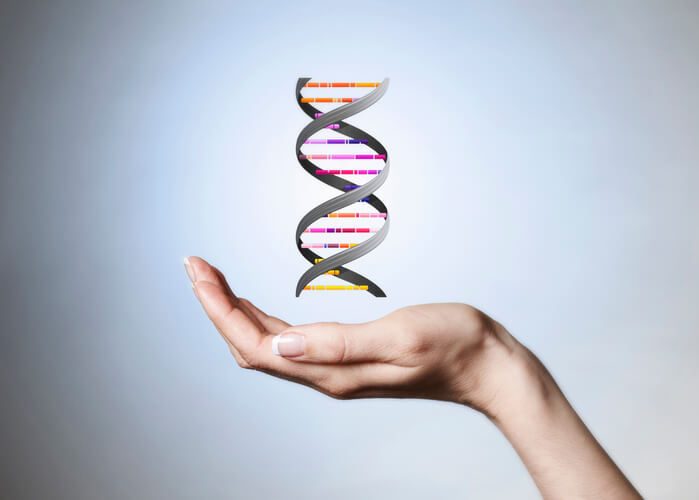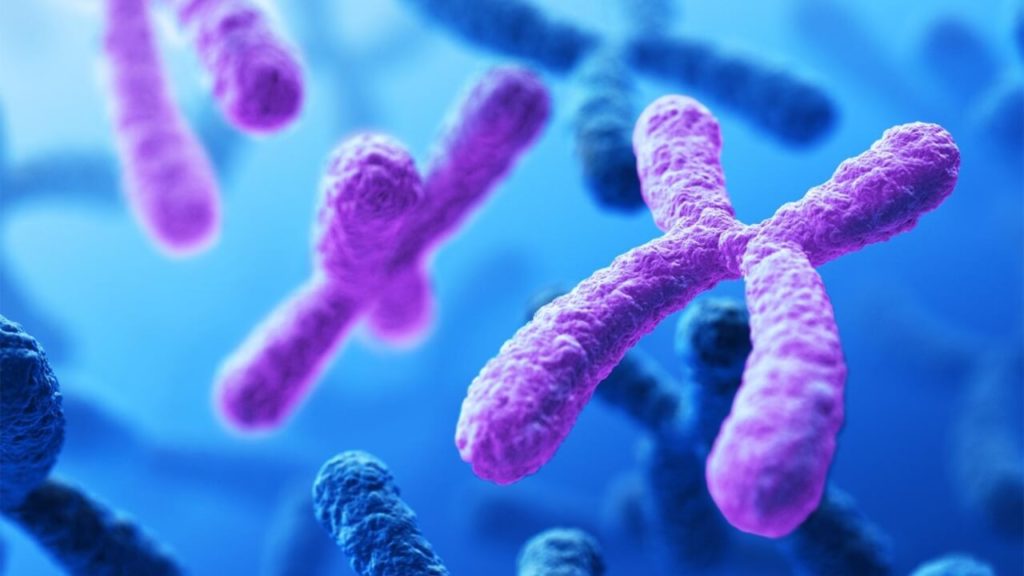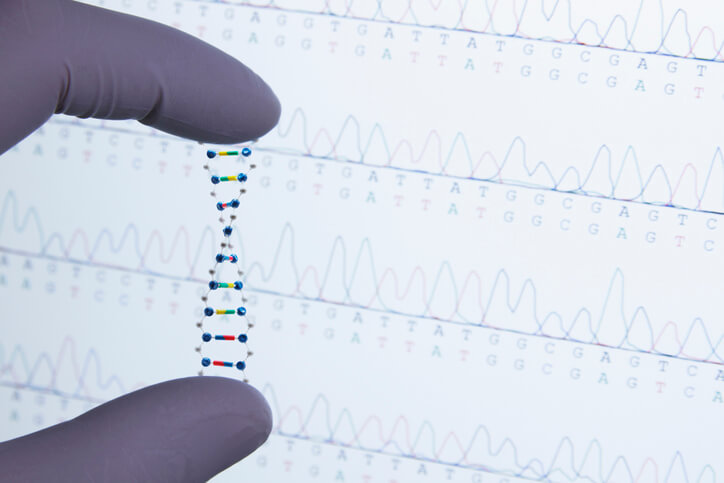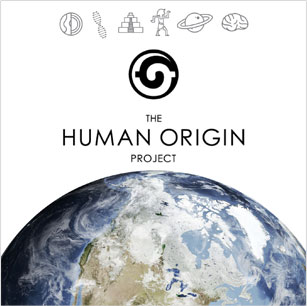The theory of evolution is one of the most widely accepted ways to explain all life on earth. At its center is how biology directs the evolution of species to create diversity and change in the natural world.
Today, the centerpiece of the theory of evolution is that of natural selection by Charles Darwin.
It was initially published in 1859 in his book, On the Origin of Species. It would take many years to be accepted, however eventually, and until now, it is the basis of describing the biological world.
Since then, it has been carefully studied by generations of biologists. Many have broken down and provided more detail for Darwin’s theories. One of the most well-known, Ernst Mayr explained and extended Darwin’s theory by dividing it into five parts.
This article will break Darwin’s theory of evolution down into easy to understand points. It will also discuss the parts of the theory that have been proven, and those that are still controversial.
Evolution of species at a glance
In short, Darwin’s theory of evolution is the process of natural selection by which nature selects the fittest, best-adapted organisms to reproduce, multiply and survive.
It is also called adaptation, where traits most likely to help an individual survive are labeled adaptive. As organisms change and new variants thrive, species emerge, and evolve.
Five principles of Darwin’s theory of evolution
Darwin’s theory can be broken into points that describe its core principles.
Mayr’s was a professor at Harvard University. His five principles outline the way and circumstances that evolution of species to occur.
In this article, we will break up his explanations of evolution. They help to show the parts that are true and not true.
1. A world of constant change
When you look at a flock of birds at the park you’re seeing a tiny snapshot in time. A few moments later, they will have flown away. In 10 years, many will have died and had offspring that. Perhaps the birds change the colors of their feathers in 100 years from now.
The most basic aspect of the theory of evolution is that life is not stagnant. Nature, the environment, and everything that lives in it are in a fluid, state of flux.
In Darwin’s time, it was debated as to whether changes to species could occur at all. Alongside others like Lamarck and Buffon, Darwin’s work forwarded the idea that a species CAN change over time. You can observe the steady state (a bird in the park), but thousands of years before, it could have been a different species altogether.
Darwin wasn’t the original person to suggest this idea. Many had suggested changes to species, each of the other experts had different opinions as to how it happened. They all agreed that a species has the inner ability to change and evolve.
The Origin of Species represents an enormous shift in thinking in human history.
2. The common ancestor
If the world is in constant change, it has to have changed from something. Darwin needed to take a big leap in thinking for his theory of evolution to take hold. Where did life come from?
He deduced that all creatures on earth should have come from one or a few sources. It went beyond Lamarck’s idea that complex creatures evolved from simpler ones.
The theory is both accepted and controversial. On one side it is thought that life does come from one or a few sources. A common ancestor has not, however, been identified as yet. It’s believed that simple versions of DNA or RNA based viruses could be one of the main branches.
However, socially Darwin’s theory brings up more contention. At the time it was thought that humans were separate from the animal world. A privileged lineage would not come from the same source as all other creatures.
Today, it’s not proven whether all life did evolve from one ancestor. Biologists today are still grappling whether the evolution of species comes from a single source. The idea is generally accepted, however, that life on earth does come from one or a few ancestors.
3. Gradual change and species formation
The evolution of species argues a philosophy of science known as gradualism. It discusses whether changes on earth happen quickly or on a slower, much longer scale.
Darwin’s push for a gradual change was against Lamarck’s idea that species-wide change could happen in a few generations.
Gradual change has been both validated and shown to be inaccurate. One proof is the estimate of how old the earth was. In Darwin’s time, it was thought the planet was much younger. He contended that earth had to be older, based on the many species of life. Later, a Scottish geologist proved him correct when he found the earth is far older than geologists had estimated.
Darwin’s prediction was right on a geological scale. However, in the world of microbes, it has since shown that evolution of species can happen much faster. In bacteria and insects, single generation change is known to occur. In sexual species (mammals and larger creatures), things are more gradual, but still, do occur in sudden bursts.
Two famous evolutionists, Stephen Gould & Richard Dawkins, debated the points of punctuated equilibrium or a gradual change due to DNA mutations. Gould’s idea of punctuated equilibrium was seen more as a model of sudden bursts of change.
Punctuated equilibrium can be observed when environmental disasters bring large-scale change. Life and species need to adapt to harsh conditions speeding the process of change up.
Evolution of species was said to happen slowly over vast spans of time. However, today it is known to have a faster component.
4. Inheriting change across a species
Evolution of species had a big problem to explain how such massive diversity of life on earth came to be.
For example, let’s think of giraffes with long necks.
Lamarck described his explanation that giraffes living under a tree with leaves would grow long necks to reach the leaves. Darwin said that some are born with long necks that would spread through the population. Eventually, a new species, with long necks evolved. Lamarck’s idea was that each would have to undergo separate, internal change.
Darwin’s theory says that within a population, changes occur as the balance of new inherited traits spread across the population. It differs from Lamarck’s idea that each in the population must undergo the same change.
How a new species comes about was something that Darwin struggled with his entire life. In his trip to the Galapagos, he found three new species of mockingbirds on different islands. Each similar, yet distinct species, where Darwin could observe the process. He concluded geography had created new distinct species.
Species evolution is the distinct way that a new creature comes to exist. Darwin’s model showed that members of the same population were being selected due to individual characteristics. A species must first have variation, then environment to select.
While widely accepted today the exact mechanism of how species evolve is still not wholly explained through genetics. The mechanism may lie in epigenetics and shift in DNA.
5. Evolution by Natural Selection
Of his work, natural selection was the most unique of Darwin’s ideas.
It deals with the competition or struggles for life as the driver for success or extinction of a species. Other naturalists previously discussed these. Darwin took the idea a step further.
He described the change within a species. For a giraffe with a longer neck, the advantage continues because it can reach more food. It is stronger, lives longer and produces more offspring. The children are born with a long neck, and the cycle continues.
Natural selection relies on other points to be true:
- Reproductive surplus: more offspring are created than needed.
- Discrete determinants of heredity: These are now known to be genes held in DNA.
- Individual heritable differences: Now understood to be genes passed by parents to their offspring.
Natural selection is now the most widely used way to describe adaption. The evolution of a species occurs with its inner genetic potential and the environment.
There are two scenarios that differ, that is sexual selection and animal breeding. In nature, creatures are subject to the randomness of the process.
Natural selection took a long time to be accepted. This is mainly due to its mechanical nature. It stripped any deterministic aspect of how species will evolve due to the fate of random chance.
However, natural selection has two steps:
- Chance of the surrounding world or the outside pressure
- Non-chance or inner genetic potential to produce a solution for adaption.
Both of these factors work together to form natural selection.
It is this arm of Darwin’s theory that biologists use to explain the harmony of adaption. Species are flowing with the surroundings, in motion with their genetic code.
It is also the arm of evolution that has stripped the purpose of life. More popularly used by ‘Neo-Darwinists,’ who explain a machine like nature to existence.
Conclusion:
While being our best answer, evolution by natural selection is still a theory with arms to be researched.
Darwin’s theory of evolution remains the best model to explain the natural world. It can be broken into many aspects that need to be explained in its own right.
Today we can look with the advantage of retrospect with scientific progress to confirm or direct further understanding.
Each has both factual and philosophical discussions, of which some are open-ended.
Now it’s up to you.
Do you think Darwin’s theory explains the natural world today? Leave your answers in the comment section below.
Resources & further reading
- https://www.ncbi.nlm.nih.gov/pmc/articles/PMC1073696/
- https://www.ncbi.nlm.nih.gov/pubmed/19756462
- https://www.ncbi.nlm.nih.gov/pubmed/19528662
- http://www.pnas.org/content/102/suppl_1/6600


 How did all life on earth eventuate? Darwin's theory of evolution is the mechanism by which the natural world produces the variety of life.
How did all life on earth eventuate? Darwin's theory of evolution is the mechanism by which the natural world produces the variety of life.
























